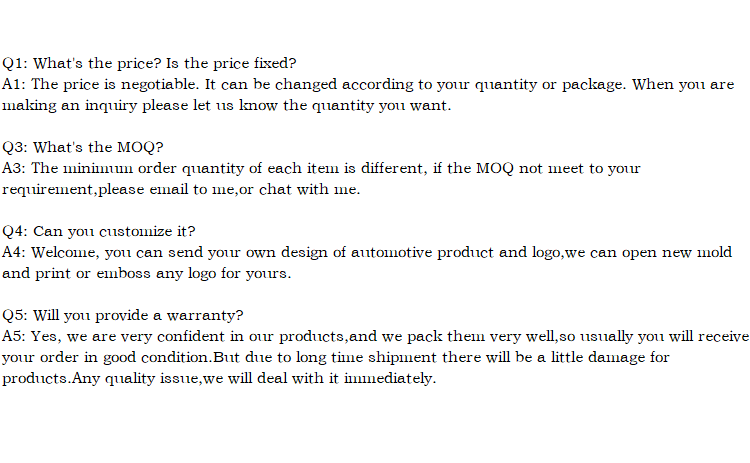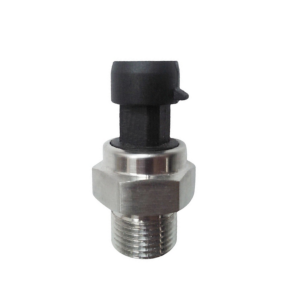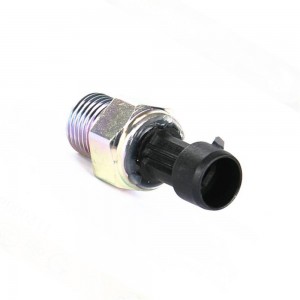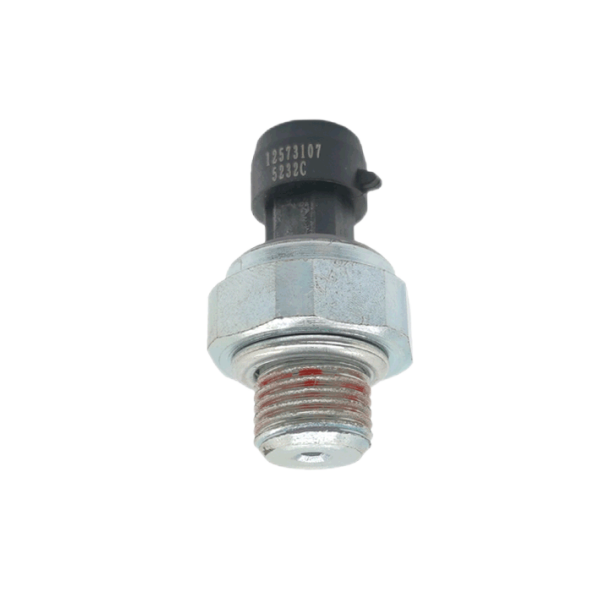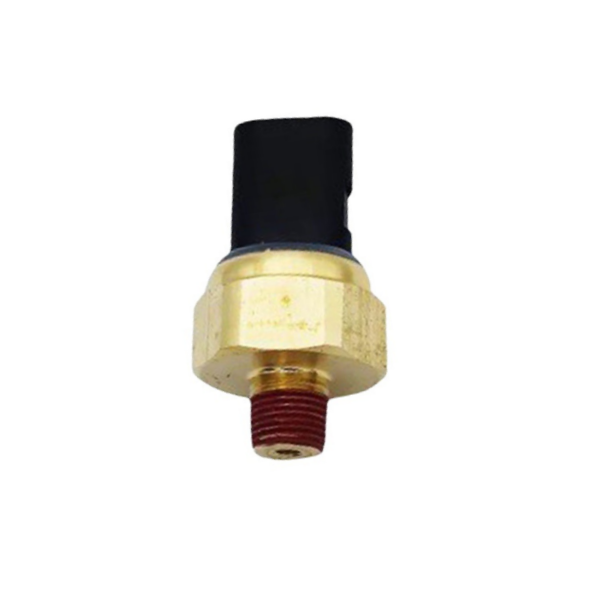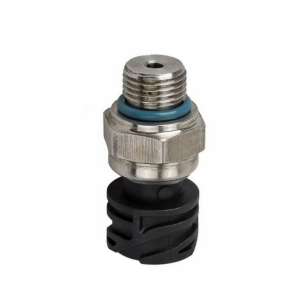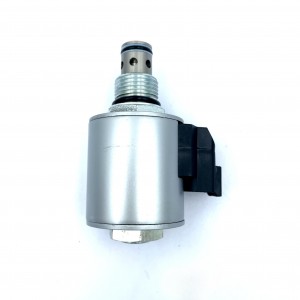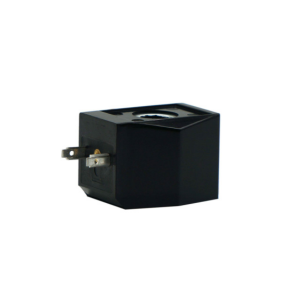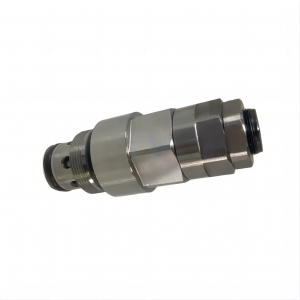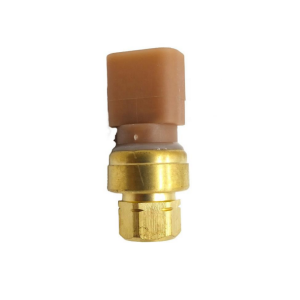Electronic pressure sensor VG1092090311 for domestic heavy truck oil
Product introduction
What are the different types of pressure sensors?
From the most basic principle, pressure is a vertical force acting on the surface of an object. Pressure = force/area. For example, PSI is the number of pounds per square inch. Or Pascal, one Newton per square meter. There are three types of pressure:
Gauge pressure:
This is the most common type of pressure when dealing with engineering applications. Gauge pressure is the difference between a given pressure and atmospheric pressure. When the absolute pressure is greater than atmospheric pressure, it is called positive overpressure. If the measured gauge pressure is negative, it is called negative pressure or partial vacuum.
Absolute pressure:
This is the point above the perfect vacuum. Usually, it is the sum of gauge pressure plus atmospheric pressure.
Pressure difference: This is the difference between two points when there is neither a known vacuum nor a complete vacuum.
All other "types" of pressure (such as static pressure, negative pressure and deflagration) are just one of the above options, and their names directly refer to the context of pressure.
What types of pressure sensors are there?
The types of pressure sensors vary greatly, but they can usually be classified according to pressure type (as mentioned above), sensing method, output signal type and measuring medium. Look at each in more detail:
Sensing method:
The goal of sensor technology is very simple, that is, to convert the pressure exerted on the sensor mechanism into an electrical signal for output. The types of sensor options can include resistive, capacitive, resonant, piezoelectric, optical and MEMS. The sensor method used will affect the accuracy, reliability, measuring range and adaptability to the operating environment.
Output signals:
These are usually transmitters, which generate output current or sensors and generate output voltage, which varies according to the pressure experienced.
Media type:
The operating environment will affect the type of pressure sensor you choose. For example, if your pressure sensor will use corrosive media or work in an in-situ cleaning system or other sanitary environment, you need to carefully choose a solution that can maintain the strict sanitary level adopted without being damaged by the environment. It is measuring the solution. Other media considerations include whether the airflow is air, gas, liquid, hydraulic or pneumatic.
Product picture

Company details







Company advantage
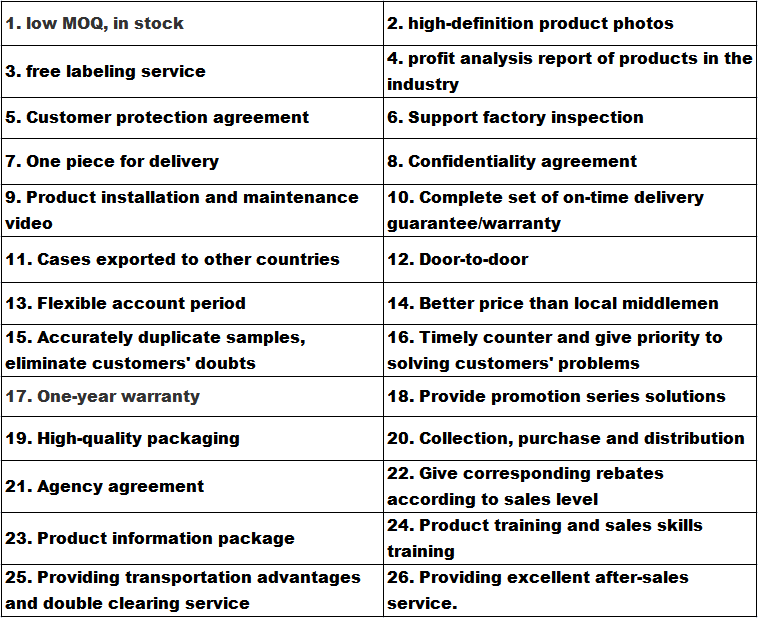
Transportation

FAQ
